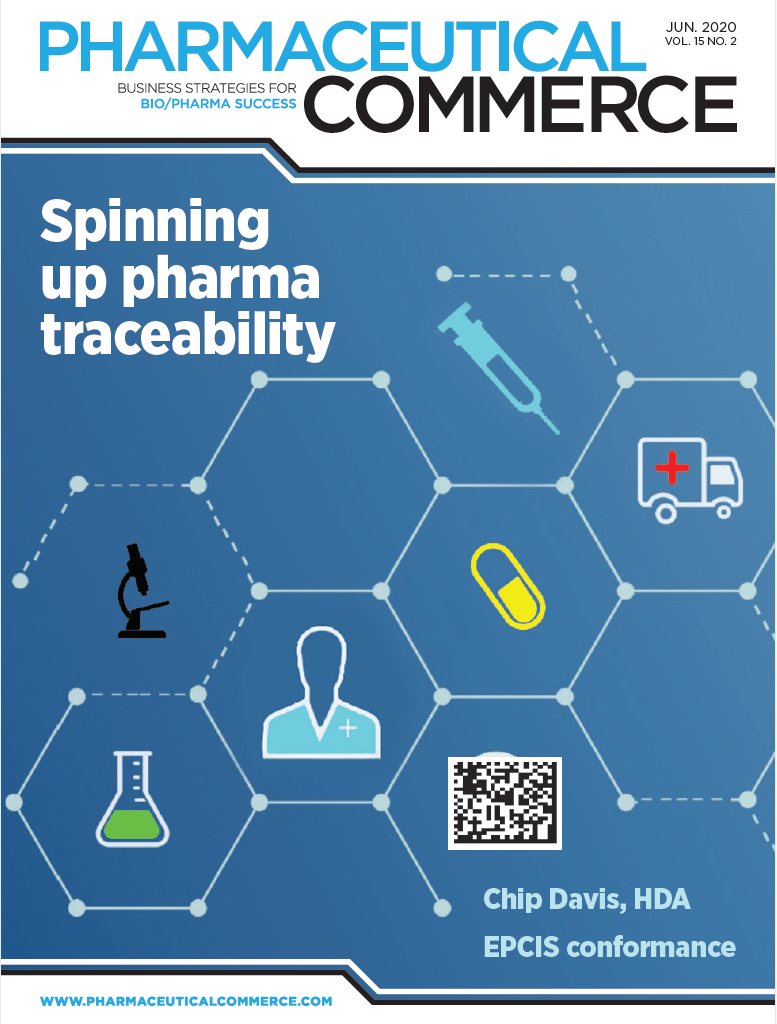One door closes; another one opens…
Hello readers! The editorials that have run on this page in every issue of Pharmaceutical Commerce usually are cast as words from on high; this time it’s a little more personal.
After 15 years, I’m giving up the editorship of Pharmaceutical Commerce. The organization behind it, Healthcare Commerce Media, has been acquired by MJH Life Sciences, which bills itself as “the largest privately held, independent, full-service medical media company in North America.” MJH Life Sciences publications range from pharma research and manufacturing through to pharmacies, and with a large number of medical specialties. “The acquisition of Pharmaceutical Commerce serves as a perfect complement to the publications already in our portfolio,” said Mike Hennessy Jr., president and CEO of MJH Life Sciences, and we couldn’t agree more.
Those 15 years have been an era of enormous change in the pharma industry: biologics and specialty pharmaceuticals were just hitting their stride in the early 2000s; likewise, drugs for rare diseases; while cellular and genetic therapies—generating so much excitement in today’s industry—were objects of curiosity in the deeper recesses of laboratories.
A look at the first few issues of Pharmaceutical Commerce shows how far the industry has come since then. Big topics at the time were the conversion to fee-for-service for wholesaler services (from what had been sometimes labeled as “speculative buying”); and FDA was trying to interest industry in a product-authentication scheme based on radio-frequency identification (RFID). Medicare Part D was still taking shape, the result of the Medicare Modernization Act of 2003.
RFID pops up in the June 2020 issue—it’s a successfully implemented component of the overarching regulatory framework known as DSCSA—the Drug Supply Chain Security Act of 2013. Our annual update of the topic is here.
The heart of Pharmaceutical Commerce—then and now—has been analyzing the complete pharmaceutical supply chain: the flow of product, the flow of information, and the flow of funds from purchasers, all with the manufacturer at one end of the chain, the patient at the other, and multifarious intermediaries in between. With the upheaval caused by the current pandemic, the focus on supply chain activity has exploded; a large portion of the US population is now learning how the healthcare products they routinely pick up at the corner pharmacy get there (or don’t, as the case may be).
Big secret: this editor was learning many of those details of industry practices as each issue came out. That education was spurred along by a wide range of industry experts who took the time to explain what they were doing, and how it impacted the business of pharmaceutical distribution. For that I am profoundly grateful.
It was a cliché when the publication started, but it is still more or less true: the role of distribution and supply chain management in pharmaceuticals is woefully under-recognized, even as its importance rises in today’s world. Under new leadership, Pharmaceutical Commerce will continue this educational and informational role.
Strategic Trends in Pharmaceutical Manufacturing for Industry Leaders
March 10th 2025This link in the pharma supply chain is undergoing a major transformation propelled by technological advancements, regulatory changes, and evolving market dynamics, requiring industry leaders to adopt innovative strategies in order to remain competitive.
The Digital Transformation Reshaping Hospitals and Medication Management
January 20th 2025Despite challenges surrounding communication overload, drug shortages, and cybersecurity risks, this term is revolutionizing medication management and patient care through the use artificial intelligence and predictive forecasting.
